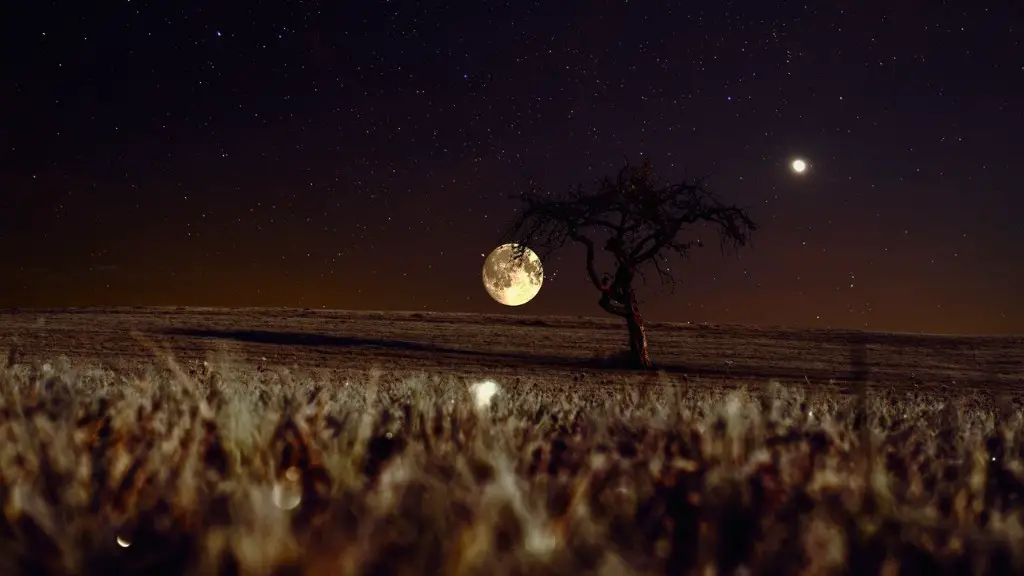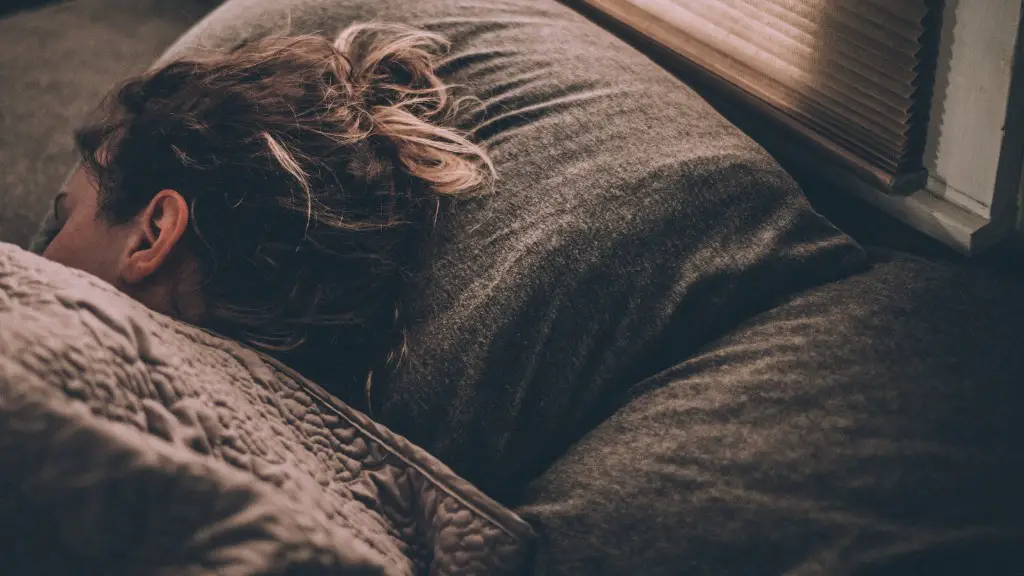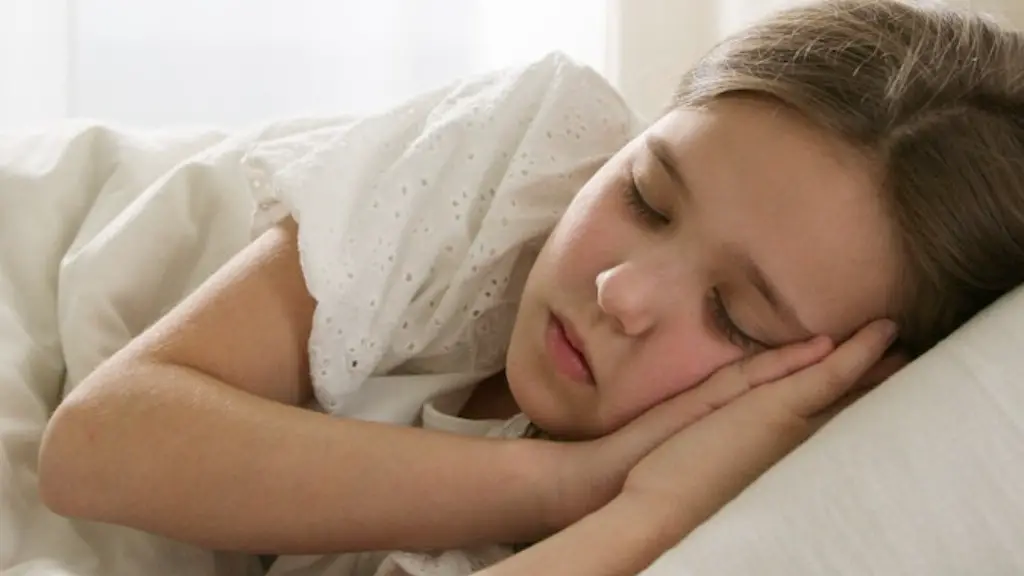The quick answer is yes, but with some interesting qualifications. The brain is constantly active, even during sleep, and dreams are a way for the brain to sort through and process information. According to some researchers, the brain is trying to make sense of the day’s events by creating a story, and faces are often a part of that story. Other researchers believe that the brain is simply drawing on its stored images of faces to create the dream images. In either case, it’s clear that the brain is capable of creating faces in dreams.
The human brain creates faces in dreams by pulling from a person’s memories of real faces. This can include faces from a person’s past, or even faces that the person has seen in pictures or on TV.
Can your brain make up faces in your dreams?
There is a theory that the human brain is incapable of creating a new face. Every person you dream of has been someone you have either known personally or merely came across looking through your friend’s Facebook photos. While this may seem like a logical explanation, it is impossible to know for sure.
REM sleep is a state of sleep that is characterized by rapid eye movements, increased brain activity, and increased heart rate and blood pressure. It is believed to be the state of sleep that is most important for physical and mental health.
Where do faces in dreams come from
Our mind is not inventing faces in our dreams. We see real faces of real people that we have seen during our life but may not know or remember. We have all seen hundreds of thousands of faces throughout our lives, so we have an endless supply of characters for our brain to utilize during our dreams.
There are two types of dreams – REM and non-REM. REM dreams are usually longer and more bizarre, with visual images and sometimes complete narratives. They usually contain clearer images, including the faces of people. Non-REM dreams, on the other hand, generally involve more mental thought than visual images. So if we dream of a person, we don’t tend to see their faces clearly.
What is it called when your brain makes faces?
Dr Jessica Taubert from UQ’s School of Psychology has studied face pareidolia, the illusion of seeing a facial structure in an everyday object. She says that this phenomenon can tell us a lot about how our brains detect and recognise social cues.
Pareidolia is a type of optical illusion where we see a familiar pattern or image in an otherwise random arrangement of shapes or colors. It’s the reason why we might see a face in a cloud, or a rabbit in the moon.
While pareidolia is often associated with seeing faces, it can also occur with other types of stimuli, such as hearing voices in noise (auditory pareidolia) or seeing shapes in random patterns (geometric pareidolia).
Face pareidolia is thought to be driven by our strong tendency to see faces in our environment. This tendency is thought to be an evolutionary adaptation that helped our ancestors quickly identify potential threats and allies.
Today, face pareidolia can help us understand how our brain processes social information. For example, research has shown that people with social anxiety are more likely to see threatening faces in ambiguous stimuli, such as a blurred image or a cloud.
So, the next
There is some evidence to suggest that blind people dream differently than sighted people. Although their visual dream content is reduced, other senses are enhanced in dreams of the blind. A dreaming blind person experiences more sensations of sound, touch, taste, and smell than sighted people do. Blind people are also more likely to have certain types of dreams than sighted people.
Do people see images when they dream?
For people with normal vision, dreaming is an intensely visual experience. The dream state typically involves vivid scenes and imagery, much of which is drawn from our daytime experiences and concerns (whether conscious or not). Auditory stimulation plays a small role in dreaming, and the other senses, like taste and smell, are virtually absent.
This is interesting to know that even among people who can’t see visual images, there can be a big difference in experiences. Some people have no concept of visual imagery, while others can see vivid images in their dreams. It just goes to show that everyone is different and that there is a lot we don’t know about the human experience.
Are dreams mental images
Imagery is an important part of dreams. Dreams essentially involve mental imagery, which are experiences that occur when we imagine what something looks, feels, smells, or tastes like. This allows us to experience things in a different way than we would if we were just looking at them. Imagery can also be a useful tool in memory and problem solving.
If you can’t see yourself in the mirror, it suggests that you might be struggling with your sense of identity. You might be going through a big change or in a situation that involves you conforming to the beliefs of others. This can be a difficult thing to overcome, but it’s important to remember that you are your own person and you should never lose sight of that.
Do blind people see faces in their dreams?
Yes, blind people do dream in visual images. For people who were born with eyesight and then later went blind, it is not surprising that they experience visual sensations while dreaming.
Dream interpretation is a tool that can be used to help you understand the hidden meaning behind the things you see in your dreams. It is important to remember that not all dreams have a hidden meaning and that some may simply be a reflection of your current state of mind. However, if you have a dream in which you see your face in the mirror, it is possible that this reflects some issue that you are currently facing in your life. It could be that you are experiencing some physical or mental health issue, or that you are facing a financial issue. Whatever the case may be, it is important to take some time to reflect on what this dream may be trying to tell you.
Can brain create images
Aphantasia is a condition in which people lack the ability to do visual imagery. This means that they can’t create pictures inside their head. This can make it difficult for them to process information.
Pareidolia is a type of phenomenon where people see faces in inanimate objects. It’s a common occurrence and scientists are still trying to understand why our brains do this. It’s interesting to think about how our brains are wired to see faces in things, even when there aren’t any there.
Does your brain distort your face in the mirror?
These results are interesting in that they suggest that our perception of ourselves can be easily distorted. It also shows that our brain is capable of creating things that are not really there. This study shows the power of the mind and how easily our perceptions can be changed.
Saccadic masking is a phenomenon that occurs when the eyes move, and objects appear to be blurred. This is because the brain is trying to reduce motion blur by averaging out the images it sees. This usually lasts for about 40 minutes per day, and is more common in people with normal vision (20/20).
Can a deaf person hear in their dreams
The study showed that individuals who are deaf or hard of hearing tend to hear sounds in their dreams. This is an interesting finding, as it suggests that people with hearing impairments are still able to process sound even when they are asleep. This may be due to the fact that the brain is still able to receive and interpret information from the auditory system even when a person is not consciously aware of it.
There are a few things you can do to control your dreams. Some people believe that if you dream about something bad, it will happen in real life. So, if you want to have good dreams, it’s important to prepare your mind before you go to bed. Visualize yourself in a positive light and imagine happy outcomes for the situation you’re in. You can also try to keep a dream journal to lucid dream. This means that you become aware that you’re dreaming and can control the dream. To do this, it’s important to keep a regular sleep schedule and get enough sleep. You should also avoid caffeine and alcohol before bed.
Conclusion
The human brain can create faces in dreams, but it is unclear if they are real people or just figments of the imagination.
The human brain is incredibly powerful and complex. It is capable of creating faces in dreams that can be based on real people or completely imagined. This ability allows us to process and understand our emotions and experiences in a more creative way.





